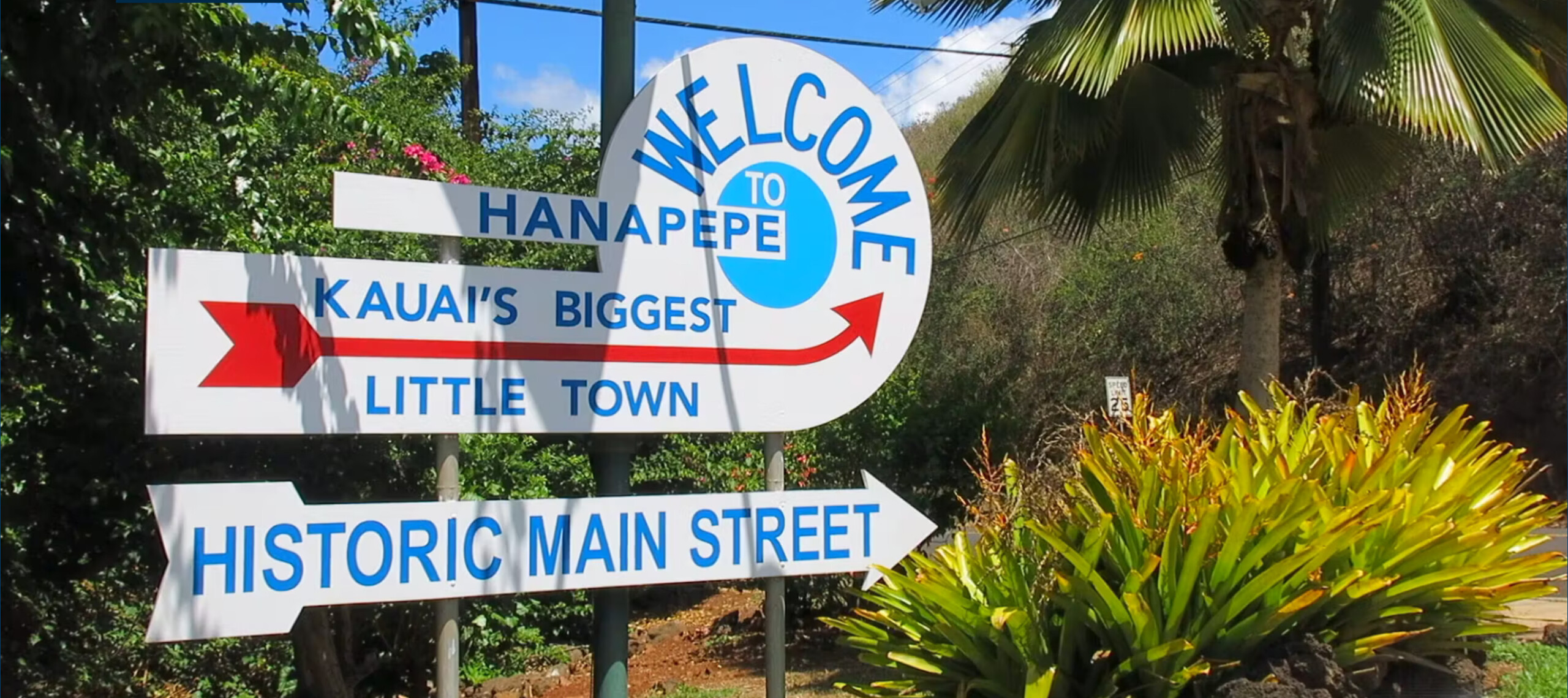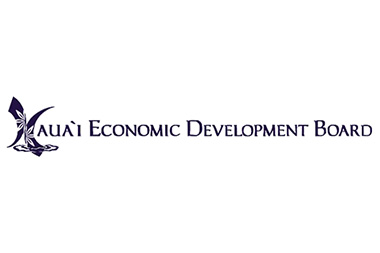The nonprofit Malama Hule‘ia has partnered with the University of Hawai‘i Sea Grant College Program to develop an action plan to eradicate invasive red mangrove from the Hule‘ia Watershed, including the entire Hule‘ia River valley and estuary.
On June 16, Malama Hule‘ia and UH Sea Grant will share their plan at a public meeting, and are asking for the community to come forward and provide input and ideas for the partnership.
The meeting will be at Niumalu Beach Park Pavillion, starting at 5:30 p.m. with a site demonstration, and following up with dinner and the program at 6 p.m. The meeting is scheduled to end at 7:30 p.m. Visit www.malamahuleia.org to view the Draft Plan.
The Hule‘ia River and surrounding wetlands are being severely overgrown by red mangrove. The species is native to Florida and Virginia, but alien and highly invasive in Hawai‘i. The severity of the red mangrove invasion of the Hule‘ia River cannot be overstated. For more than two miles up the river, both banks are 100 percent overgrown by red mangrove, mature trees reaching 30-to-40 feet in height. Using satellite views, the mangrove trees appear to extend from the open river water inland up to about 450 feet in the worst areas.
A section of the river bordering the Hule‘ia National Wildlife Refuge is under threat of becoming a slow moving swamp. Due to heavy erosion of nearby hills during rainstorms, this part of the river remains brown with silt long after the rain stops. The river cannot quickly flush out the siltage, and the stagnant water between the mangrove roots smells like sewage. The red mangrove thrives there and grows continuously into the open water, anchoring into the river by sending down monster prop roots from high-up in the tree, and gradually choking the river.
The Alekoko fishpond complex, which once consisted of ponds on both sides of the river, is now reduced to only one main pond entirely surrounded by the red mangrove. The main fishpond stone walls are completely buried under the mangrove roots, and circulation of water to and from the river is practically nonexistent.
Malama Hule‘ia was spawned by two Kaua‘i community organizations; the Nawiliwili Bay Watershed Council and the Kaiola Canoe Club.
NBWC was formed in 1999 as a group of citizens united by a concern about the degradation of the watersheds feeding into Nawiliwili Bay, including the Hule‘ia, Pu‘ali, Papalinahoa and Nawiliwili streams.
In 2009, NBWC set four priorities: restoration of Alekoko Fishpond; working with water-rights advocacy groups to correct stream diversions; controlling nonpoint sources of water pollution; and restoration of kalo lo‘i on kuleana lands.
Malama Hule‘ia’s vision for a revitalized watershed, including restoration of the Alekoko Fishpond, is the same as that envisioned by NBWC. And Malama Hule‘ia’s goal of eradicating red mangrove and restoring riparian areas and wetlands damaged by the mangrove contributes directly to NBWC’s goal of protecting and improving the health of the Nawiliwili Bay Watershed.
The Kaiola Canoe Club has been and continues to be the mother organization of Malama Hule‘ia. Although they are different corporations now, their formative years were as a project steering committee within the Kaiola Canoe Club. As active outrigger canoe paddlers, the members felt the urgency to do something about the red mangrove invasion of the Hule‘ia River and responded by forming Malama Hule‘ia.
Regular Mahalma Hule’ia community work days are held on the third weekend of the month. There are Saturday and Sunday sessions, starting at 8:30 a.m. In addition to scheduled regular mangrove clearing and replanting sessions, there may be others held for special groups of volunteers.
Here are the regular and special community workdays scheduled for the rest of 2015: June 20 and 21 ; July 18 and 19 , Aug. 15 and 16 ; Sept. 19 and 20 ; Oct. 17 and 18 ; Nov. 21 and 22 ; Dec. 19 and 20.
Visit www.malamahuleia.org for more information.
Discover more from ForKauaiOnline
Subscribe to get the latest posts sent to your email.










Leave a Reply